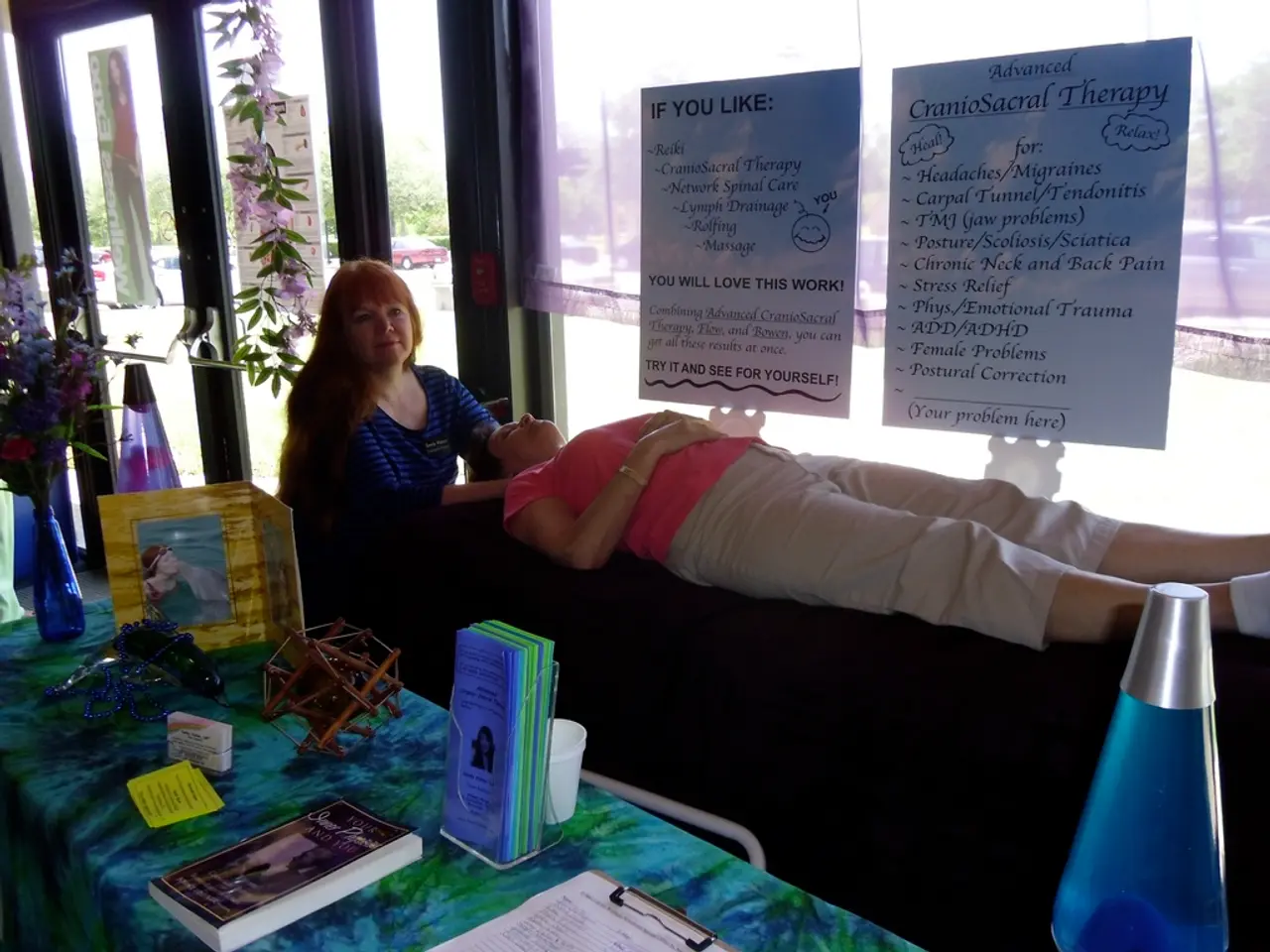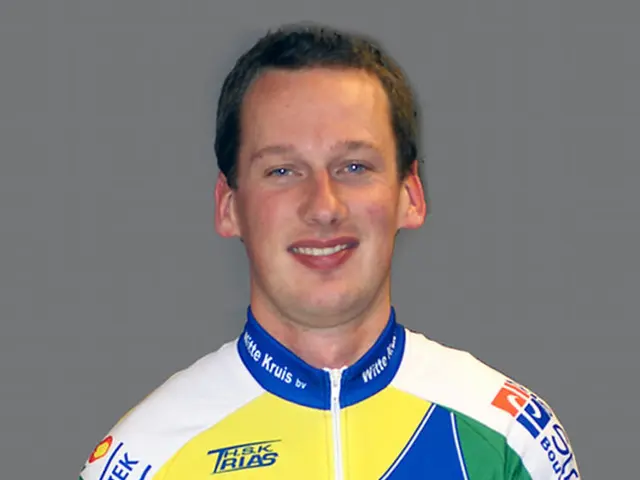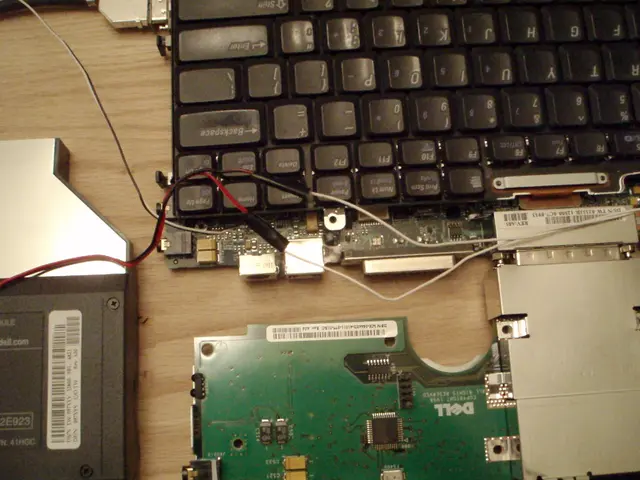Personal Experiences: My Account
Repetitive Transcranial Magnetic Stimulation (TMS) is a non-invasive brain stimulation treatment, approved since 2008 for treating treatment-resistant depression, migraines, and OCD. This innovative therapy, less invasive than Electroconvulsive Therapy (ECT), is becoming increasingly popular as a potential solution for those struggling with mental health symptoms.
Before starting TMS, a patient must first get it prescribed by a doctor. This process may involve several meetings to understand the patient's treatment history. Once prescribed, the first TMS appointment, known as the intake appointment, lasts about an hour. During this session, measurements of the patient's head are taken to ensure the TMS coil is properly positioned. The motor threshold is also determined, which is the minimum amount of power needed to cause a twitch in the thumb.
The coil used in TMS has been replaced with a smaller, less claustrophobic one that resembles a showerhead. The technician had to adjust the position of the coil during the initial appointments. TMS sessions themselves require approximately 20 minutes per session, 5 days a week for the first 4 weeks.
The experience of TMS is often described as being vigorously tapped on the head repeatedly. Some people may find TMS effective in managing their mental health symptoms, while others may not experience significant improvement. Dizziness is a known side effect of TMS, which may resolve over time.
TMS works by stimulating nerve cells in the brain, typically in the frontal cortex, which is involved in mood. The exact mechanism of how TMS can help people with depression isn't fully understood, but it excites or inhibits certain neurons, potentially providing relief from depression symptoms.
Since its approval, TMS therapy has evolved towards more personalized approaches. This includes the development of multispool TMS systems and the integration of EEG to optimize stimulation parameters tailored to individual patients' neurophysiology. After the initial 4 weeks, the frequency of TMS sessions may be reduced.
It's important to note that TMS is usually prescribed to people who haven't found success with other treatments, such as antidepressants for depression. The cost of TMS may range from $6,000 to $12,000, with some insurance covering the cost and others requiring proof of trying multiple medications before approving TMS. The approval process for TMS varies based on factors like accessibility, insurance, and clinic availability.
In addition, TMS sessions involve wearing earplugs and staring at a wall. Sitting through TMS appointments can lead to negative thought spirals, so meditation might be helpful.
In conclusion, TMS is a promising treatment option for those struggling with mental health conditions. While it may not work for everyone, it offers a less invasive alternative to traditional treatments and is continually evolving to better meet the needs of individual patients. As always, it's crucial to discuss treatment options with a healthcare provider to determine the best course of action.
Read also:
- Peptide YY (PYY): Exploring its Role in Appetite Suppression, Intestinal Health, and Cognitive Links
- Toddler Health: Rotavirus Signs, Origins, and Potential Complications
- Digestive issues and heart discomfort: Root causes and associated health conditions
- House Infernos: Deadly Hazards Surpassing the Flames








